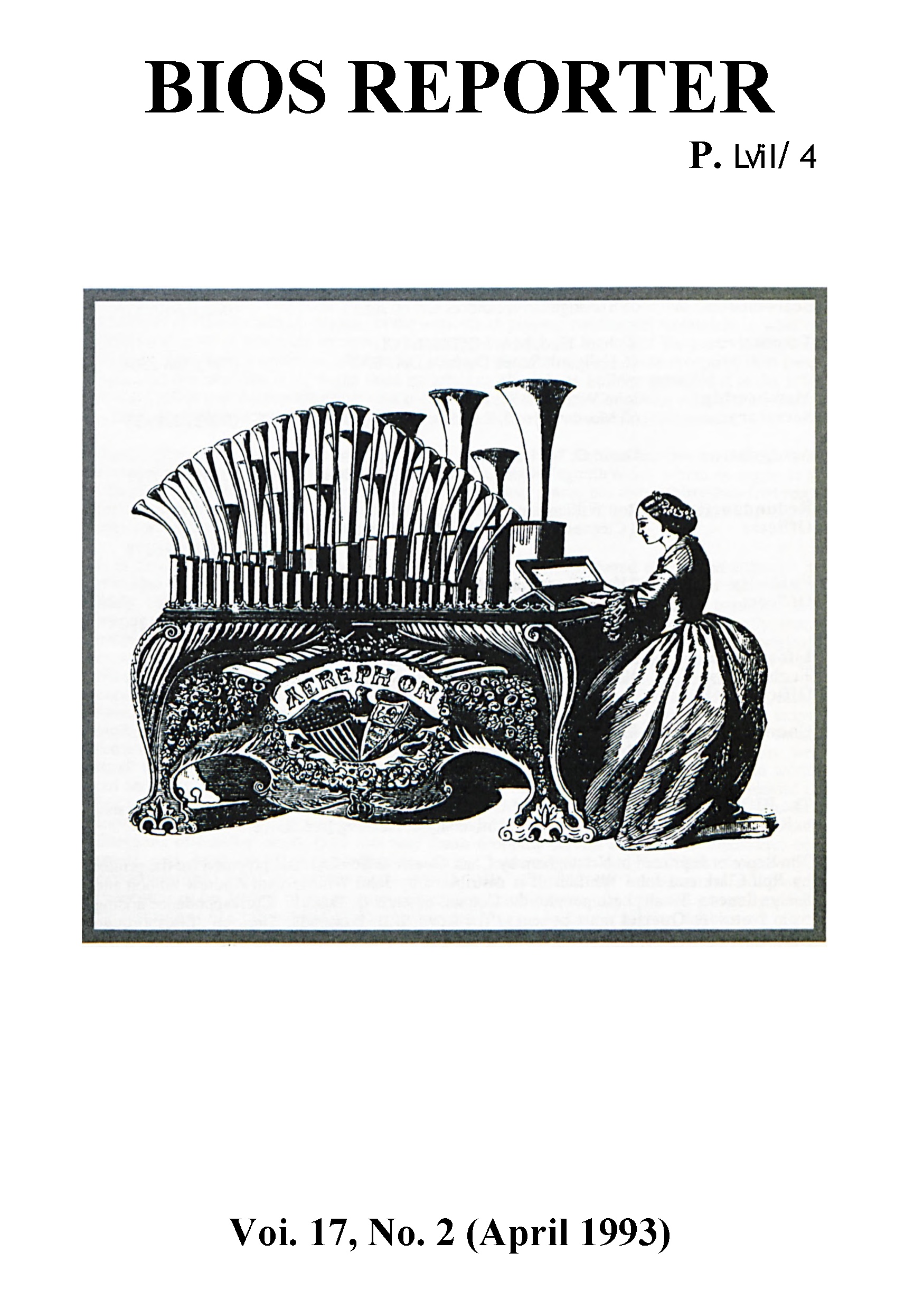Your basket is currently empty!
BIOS Reporter – Volume 17, No.2 – April 1993
In times such as these, one might expect rebuilding schemes to be increasingly modest in their scope, confining themselves more and more to essential matters – the repair of worn-out mechanisms, for example – and rejecting more and more the electrification of good, mechanical action instruments, the replacement of useful foundation stops with exotic (and not always very pleasant) upperwork, and other such practices; certainly, there is evidence that the routine tonal alteration of vintage British organs, in the interests of playing continental repertoires in what is perceived to be an authentic manner, is becoming increasingly a thing of the past. It is a fact that, on the whole, custodians of historic instruments are nowadays more receptive than ever before to the idea that if an organ does its job, i.e., the job its builder intended it to do, it is wasted effort and money tinkering with it (it was good to hear a clergyman volunteering some weeks ago that he himself had told a tenderer that tonal revisions were not required)…
